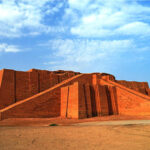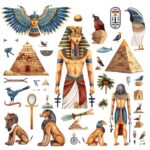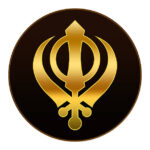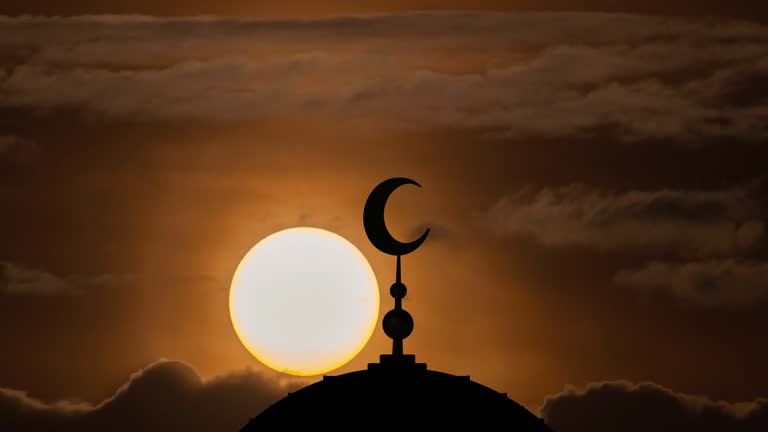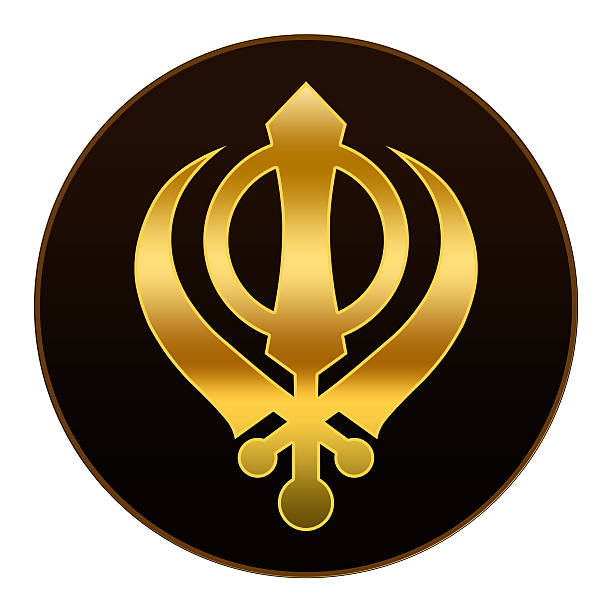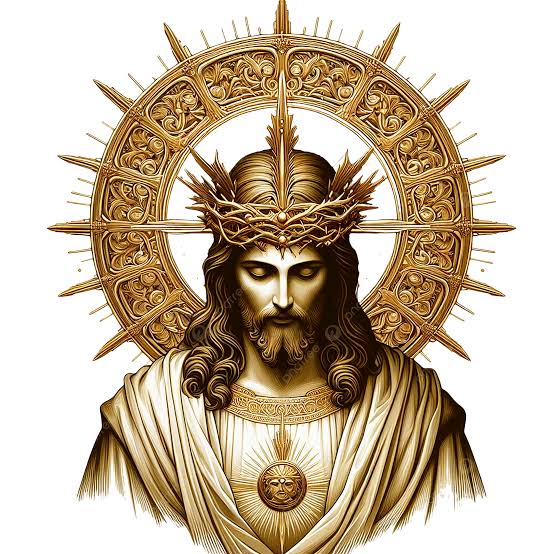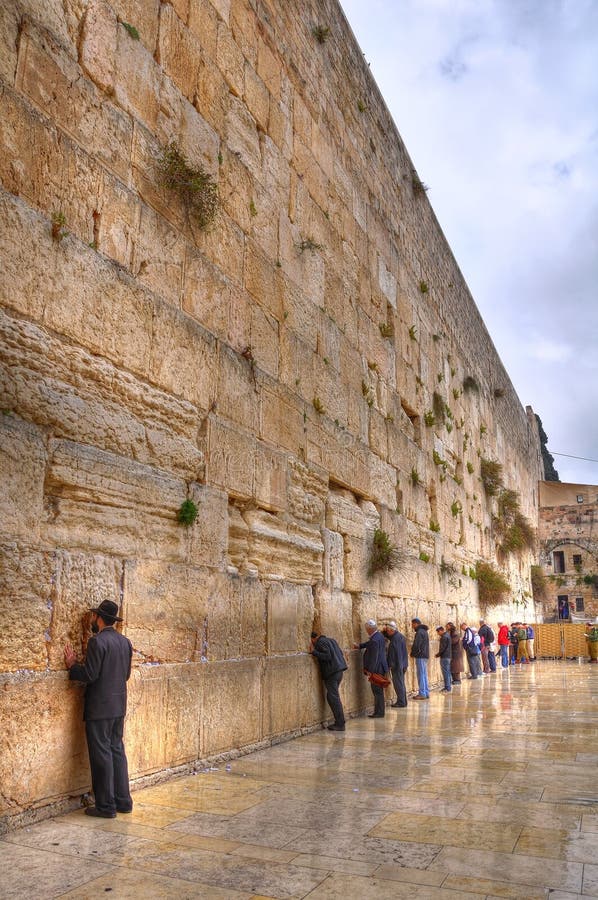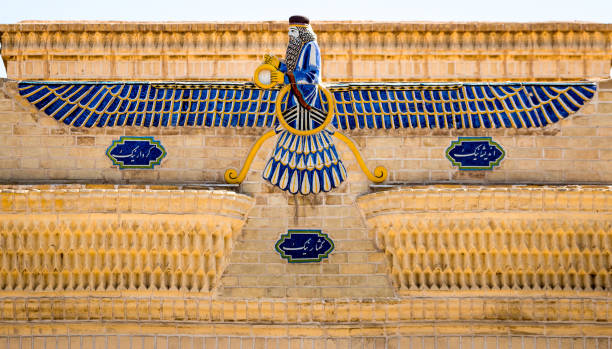This religion emerged from the hot and dry land of Arabia. It enlightened the world with new laws, new teachings, and new messages under the leadership of Hazrat Muhammad ﷺ. Islam spread from the cities of Mecca and Medina to other parts of the Middle East and Asia. With Islam, the Arabic language also spread across vast regions.
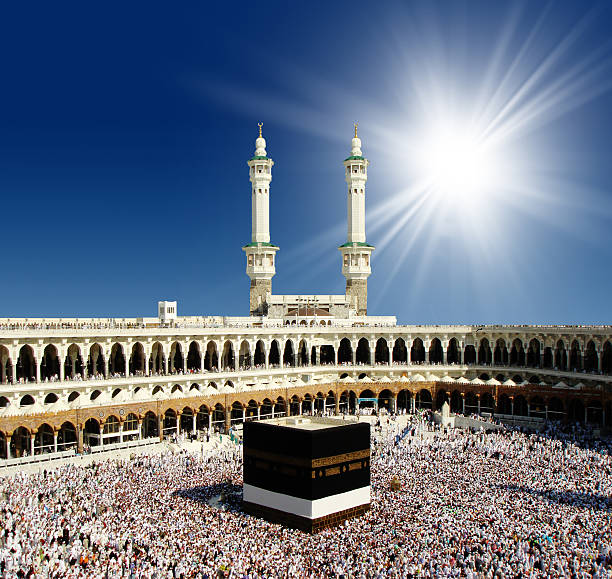
To explain Islam, we must look back into the past. We need to dig into the desert soil of the Arabs and see how lands that were once barren later turned green with the supply and spray of water. We also notice how today’s large buildings now stand on lands that were once dry deserts.
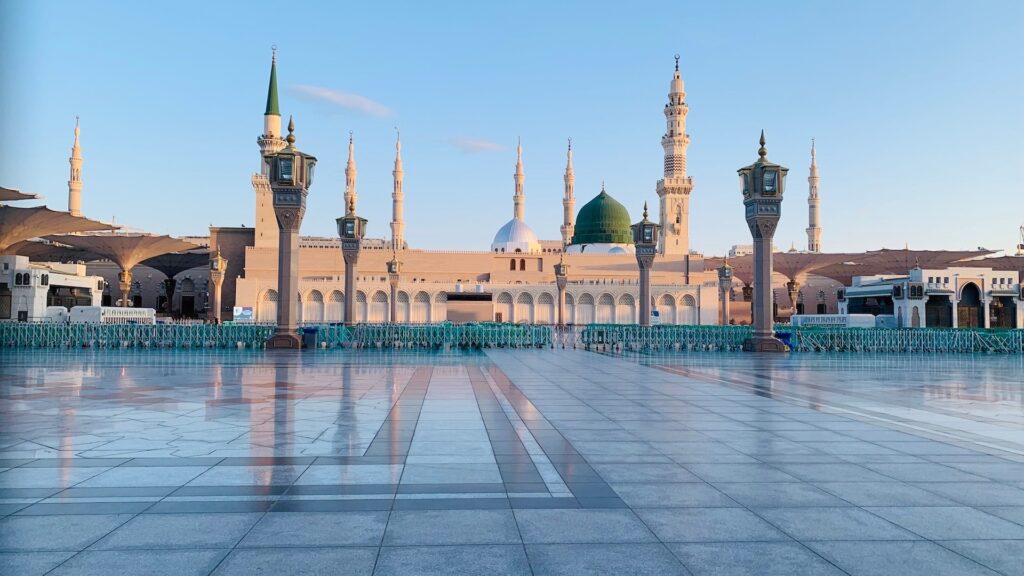
The International Situation Before Islam and Arabia
The Byzantine Empire
The Byzantine Empire ruled over Eastern Rome, Syria, Egypt, Palestine, Israel, and Anatolia. In addition, it gained military support from the Arab Comintern, especially from the Ghassanid community.
The Sassanid Empire
The Sassanid Empire controlled present-day Iran and Iraq. The Byzantines and Sassanids, however, remained in constant conflict.
Influence of Yemen and Abyssinia
In Yemen, influence alternated between the Sassanids and the Abyssinians (Ethiopia). In the Arab Emirates, Qatar, Bahrain, and Oman, no central strong government existed. Both the Sassanids and the Byzantines tried to maintain influence in these areas.
The Indian Ocean Coast and India
On the Indian Ocean coast, Sindh was ruled by the Buddhist dynasty of the Roy family. Meanwhile, the Gupta Empire in India was in decline. In Afghanistan, the region was divided into many small states, although the Sassanid Empire often held influence there.
Central Asia
Before Islam, Turkic communities were gaining strength in Central Asia. Cities such as Sogd, Bukhara, and Samarkand became important centers of trade and culture.
The Situation in Turkey
The Gok Turkic Empire was established in Turkey. Its power stretched across Mongolia, Kazakhstan, and Central Asia, making these regions the main centers of the empire.
Political Situation of Arabia
Arabia had no central strong government. Mecca became the religious center of the Arab world because of the Kaaba. Different communities supervised the Kaaba. There was no monarchy; instead, the heads of large community made collective decisions.
Economic Situation of the Arabs
The economy of the Arabs depended mainly on trade. They were wealthy and prosperous due to commerce. In Medina, people cultivated dates, grapes, grains, and fruits, which also supported the local economy.
Regional Religious Situation of the Arabs Before Islam
To understand Arabia’s faith before Islam, we must examine the religions that spread east of Arabia. Hinduism, Jainism, and Buddhism flourished in the subcontinent, Sindh, and India.
(1) Hinduism
Hinduism was an ancient religion. It spread along the banks of the Indus, Ganges, and Yamuna rivers. Its belief system centered on three main deities, and people created idols of these deities for worship.
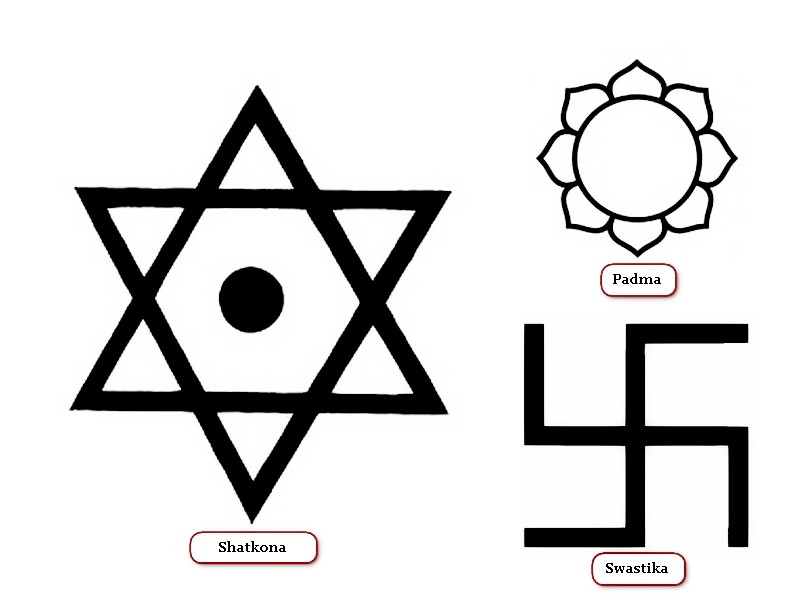
(2) Jainism
Jainism recognized no specific god. Instead, it followed the guidance of thinkers who showed the right path. According to Jainism, people should avoid certain foods and practice self-control.

(3) Buddhism
Buddhism taught that everything is impermanent. It emphasized that desires cause suffering. Even Gautama Buddha himself did not introduce the concept of a god or goddess.
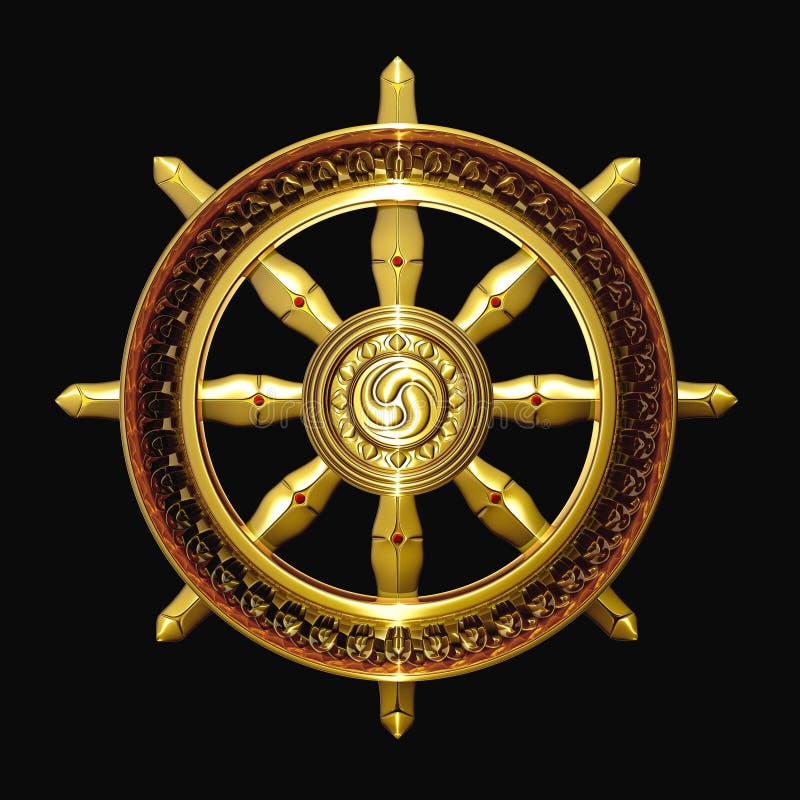
(4) Zoroastrianism
This religion thrived in the Persian Empire. It taught that truth is light while falsehood is darkness. In this way, Zoroastrianism explained life through the balance of positive and negative forces.
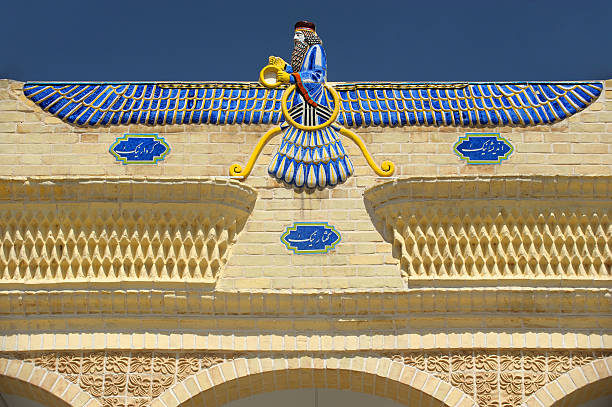
(5) Tengriism
Tengriism developed in Turkey and Central Asia. It considered the sky as God and treated the sun, moon, fire, water, and mountains as sacred objects.
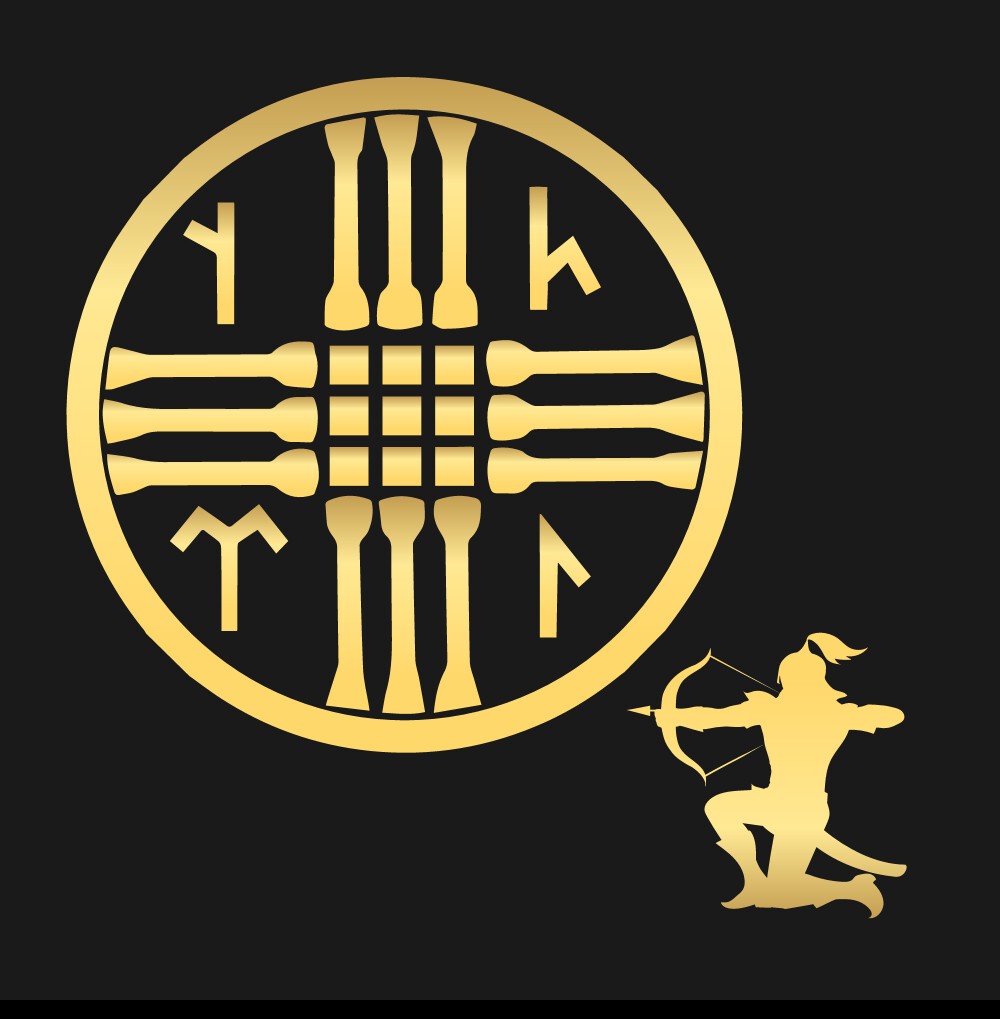
(6) Judaism
Judaism was present in present-day Israel, Palestine, Syria, Iraq, and parts of Arabia. This religion strongly believed in monotheism.

(7) Christianity
Christianity extended from Europe to the Middle East, Asia, and Arabia. According to Christianity, Jesus was the son of God, which denied the principle of the unity of God.

Religious Situation in Arabia
(1) Christianity
Christian groups in Arabia accepted the belief that Jesus was the son of God.
(2) Judaism
Jewish communities in Arabia followed the teachings of the law given by Moses.
(3) Sabean Religion
The Sabean religion was practiced by the Arfaqs civilization. Some sources suggest the Sabeans believed in monotheism, while others claim they worshipped the moon and stars. A few even believe that Islam later emerged as a moderate continuation of the Sabean faith.
(4) Hanifism
Some people call Hanifism a religion, others a sect, and some a trend. Hanifs believed in monotheism and opposed idolatry. Muslims also associate Hanifism with the religion of Abraham.
(5) Idol Worship in the Kaaba
The Kaaba contained 360 idols. Major Arab community worshipped them, with each community having its own idol. Among them, Hubal, Lat, Manat, and Uzza were considered the major gods.
Hubal
Hubal was the main idol of the Kaaba, and the Arabs worshipped him as the god of war and fortune.
Lat
Lat was another famous god of the Arabs, especially worshipped in Mecca and Medina. He was considered a symbol of success and protection.
Manat
Manat held great importance as the god of death and destiny among the Arabs.
Uzza
Uzza was regarded as the god of beauty, and many communities gave him special devotion.
Abu Abshan
Abu Abshan served as the guardian of the Kaaba, making him one of the most respected idols.
Asaf and Naila
Asaf and Naila represented a legendary couple who, according to Arab traditions, turned into stone as a reminder of love and adultery.
Jihar
Jihar was worshipped as the god of life and health.
Kahl
Kahl symbolized the god of travel and protection during journeys.
Malik
Malik was honored as the god of kingship and rule.
Ma’n
Ma’n represented holiness and destiny in Arab beliefs.
Al-Kutbay
Al-Kutbay was considered the god of writing and knowledge, which gave him special respect among communities
Hilal
Hilal symbolized the moon and was worshipped as its divine figure.
The God Ala
Archaeologists believe that above all these gods, Arabs worshipped a supreme deity named Ala. Unlike other gods, he had no idol, yet people gave him special importance in both theory and practice. Moreover, some scholars suggest that Ala shared similarities with the Iraqi god El.
Religious Influence from Neighboring Civilizations
Followers of subcontinental religions such as Hinduism, Jainism, and Buddhism did not settle in Arabia. Trade may have allowed some cultural exchange, yet local Arabs did not adopt these religions.
Religious Customs Among the Arabs Before Islam
Before Islam, Arabs followed several religious customs:
- They performed Hajj or Tawaf inside the Kaaba.
- They practiced animal sacrifices.
- They performed prayers, which are common in many religions.
- They observed fasting on specific days.
- They included prostration and bowing in their rituals.
These practices show that religious traditions were deeply rooted in Arab society before Islam.
The Advent of Islam
Hazrat Muhammad ﷺ was born in Mecca in 570 AD, and he delivered the message of monotheism. He declared that he was the last messenger of Allah, emphasizing that prophethood had ended and that the Holy Quran completed all previous scriptures.
The Prophet Muhammed ﷺ ended idolatry. He destroyed the idols of the Kaaba and commanded people to worship only Allah. Furthermore, he reorganized the pilgrimage of Hajj, dedicating it exclusively to Allah.
He united Arab society, which had been divided into communities and rival groups. As a result, he gave the Arabs a new identity, revolutionized their social life, and spread the message of Islam across the region. A large number of people accepted his call, and both Mecca and Medina became strongholds of Muslims.
Expansion of Islam After the Prophet ﷺ
After the Prophet’s passing, Islam spread from Arabia to Iraq, Syria, and Egypt. The Caliphate was then established, providing leadership to the growing Muslim community.
The Four Caliphs
- Hazrat Abu Bakr (RA)
- Hazrat Umar (RA)
- Hazrat Uthman (RA)
- Hazrat Ali (RA)
These rightly guided caliphs ruled the Muslims. However, opinions differ about this period. Some regard it as completely positive, while others argue that civil wars weakened the unity of Muslims. The conflict eventually led to the martyrdom of Hazrat Uthman (RA).
The Caliphate of Hazrat Ali (RA)
After Hazrat Uthman, Hazrat Ali (RA) became caliph. Some Muslims believe the caliphate ended with him, while others argue it continued until Hazrat Imam Hassan. Later, Hazrat Amir Muawiyah became the ruler, followed by his son Yazid. During Yazid’s reign, the tragic incident of Karbala occurred.
This event not only divided Muslims ideologically but also created two major sects, Sunni and Shia. Over time, these sects developed further divisions, producing new schools of thought and ideologies.
The Core Beliefs of Islam
Despite sectarian differences, Muslims agree on five essential beliefs:
- Belief in Allah – Allah is one and has no partner. He is the Creator of all things.
- Belief in Angels – Angels are creations of Allah, and they act only by His command.
- Belief in the Heavenly Books – Allah revealed guidance in the form of divine scriptures.
- Belief in the Prophets – Allah sent prophets to guide humanity throughout history.
- Belief in the Day of Judgment – Allah will judge people rewarding the righteous and punishing the sinful.
The Obligations of Islam
In addition to these beliefs, Islam also requires practical obligations:
- Five daily prayers are compulsory for every Muslim.
- Fasting in the month of Ramadan is obligatory according to the Islamic calendar.
Islam in the Modern World
Today, Islam is practiced across many countries worldwide. In some regions, Islam shapes politics and governance, while in others, it thrives as a spiritual and ideological faith. As a result, Islam continues to influence cultures, societies, and civilizations globally.

